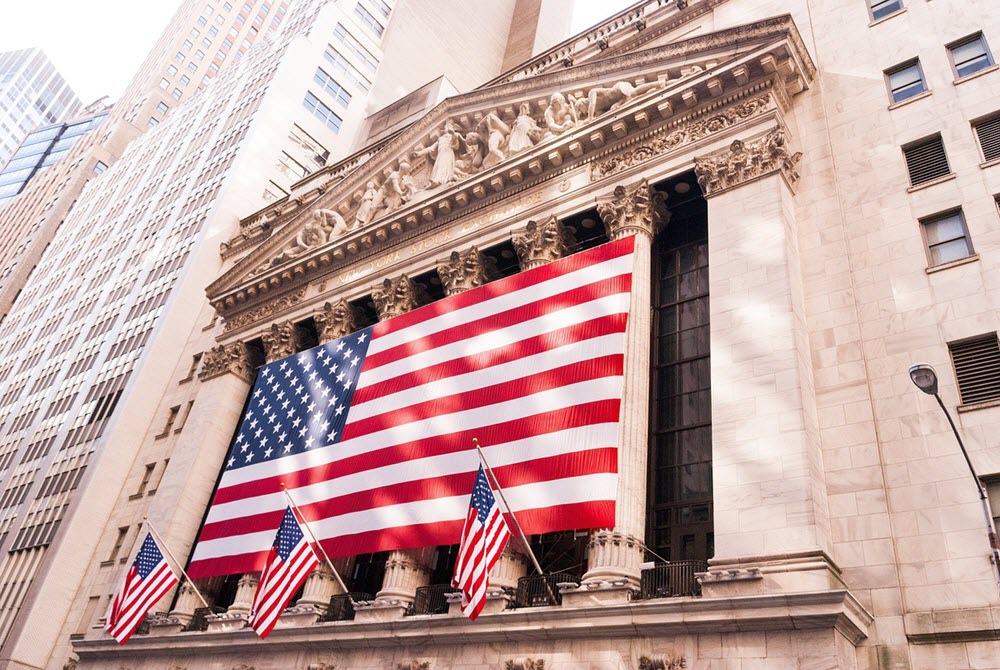The New York Stock Exchange (NYSE) is a well-known and significant stock exchange headquartered in New York City.
Since its inception in 1817, the NYSE has become the world’s largest stock exchange, and its influence on global financial markets cannot be understated.
In this article, we will look at the NYSE’s history, structure, listing criteria, trading, current innovations, and difficulties.

History of the NYSE
The NYSE was founded in 1817 when a group of brokers signed an agreement to establish the New York Stock and Exchange Board, later renamed the New York Stock Exchange in 1863. The original trading was conducted in outdoor markets and coffeehouses, but as the exchange grew, it moved indoors to a dedicated building on Wall Street in 1865. Throughout the 20th century, the NYSE evolved with technological advancements, moving from manual trading to electronic trading in 2006. Today, the NYSE is owned by Intercontinental Exchange (ICE), which acquired the exchange in 2013 for $11 billion.
Structure of the NYSE
The NYSE has a distinct structure that sets it apart from other global exchanges. While most stock exchanges are computerized, the NYSE still has a trading floor where live trading occurs during trade hours. The exchange floor has been an iconic element since its inception, and it is home to certified market makers (DMMs).

DMMs play an essential part in trading by acting as exchange mediators between buyers and sellers. They are responsible for keeping the market orderly, assuring liquidity, and completing trades. DMMs are typically exchange members who are allotted specific equities for trading.
The NYSE has also implemented electronic trading in recent years, which now accounts for most deals on the market. This enables investors to trade stocks from anywhere worldwide using computers or mobile devices.
Company Listing Requirements
Companies must meet strict listing requirements in order to be listed on the NYSE.
These prerequisites are as follows:
- A minimum market capitalization of $200 million is required.
- A minimum of 400 shareholders are required.
- A minimum share price of $4
- Achieving financial objectives such as revenue, profitability, and cash flow
While being listed on the NYSE can provide companies with various benefits such as increased visibility, prestige, and access to money, there are some negatives. For example, companies registered on the NYSE must adhere to stringent reporting standards, which can be costly and time-consuming.
Trading on the NYSE
The NYSE is open from 9:30 a.m. to 4:00 p.m. Eastern Time, Monday through Friday (excluding holidays). During trading hours, DMMs are in charge of keeping the market orderly and executing trades on behalf of investors.
The NYSE accepts various orders, including market orders, limit orders, stop orders, and others. These orders enable investors to purchase and sell stocks at predetermined prices, guaranteeing they receive the best potential price for their trades.
Market events such as economic data releases, geopolitical tensions, and worldwide pandemics also impact the NYSE. These occurrences might cause market volatility and impact trading activity on the exchange.
New Developments and Challenges
The NYSE has faced various problems and undergone considerable adjustments in recent years. For example, the COVID-19 outbreak halted trading operations and required the exchange to implement new safety procedures to protect dealers on the floor. During the epidemic, the exchange likewise briefly halted its trading floor and switched to electronic trading.
Furthermore, the NYSE sees greater competition from other exchanges and trading platforms, like the Nasdaq and electronic trading platforms. These competitors provide lower trading fees and access to new financial products, causing some investors to abandon the NYSE. Yet, the NYSE remains the world’s largest stock exchange and has continued to adapt to satisfy investors’ evolving needs.
Another issue confronting the NYSE is the need to broaden the exchange’s diversity and representation. In recent years, the market has worked to diversify its traders and listed companies. The NYSE, for example, proposed additional requirements for businesses to have at least one woman and one underrepresented minority on their board of directors in 2020.
This article was last updated on: March 17, 2023